-
10th May 2024, 17:00
#18601
272 - Juri_Cowgirl_Gyaru
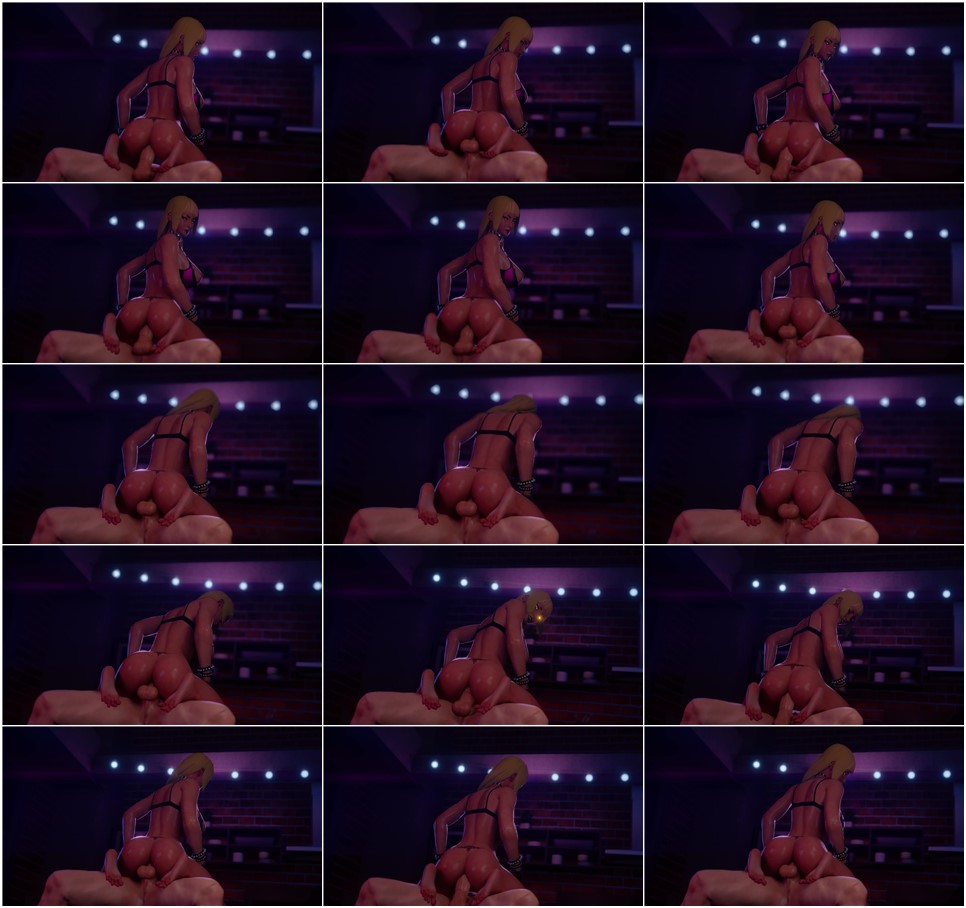
Official Title: Juri_Cowgirl_Gyaru
Tags: 3D Animation, 3D Sex, 3D Adult Video, 3D Hentai, 3D Porn Video
Tech. Info
Size: 19.52 MB
Format: mp4
Resolution: 1920x1080
Duration: 00:00:16
Download Video - Juri_Cowgirl_Gyaru
-
-
10th May 2024, 20:00
#18602
273 - Juri_Cowgirl_Long_Hair_Bra

Official Title: Juri_Cowgirl_Long_Hair_Bra
Tags: 3D Animation, 3D Sex, 3D Adult Video, 3D Hentai, 3D Porn Video
Tech. Info
Size: 19.54 MB
Format: mp4
Resolution: 1920x1080
Duration: 00:00:16
Download Video - Juri_Cowgirl_Long_Hair_Bra
-
-
10th May 2024, 23:00
#18603
274 - Juri_Cowgirl_Long_Hair_Shirt
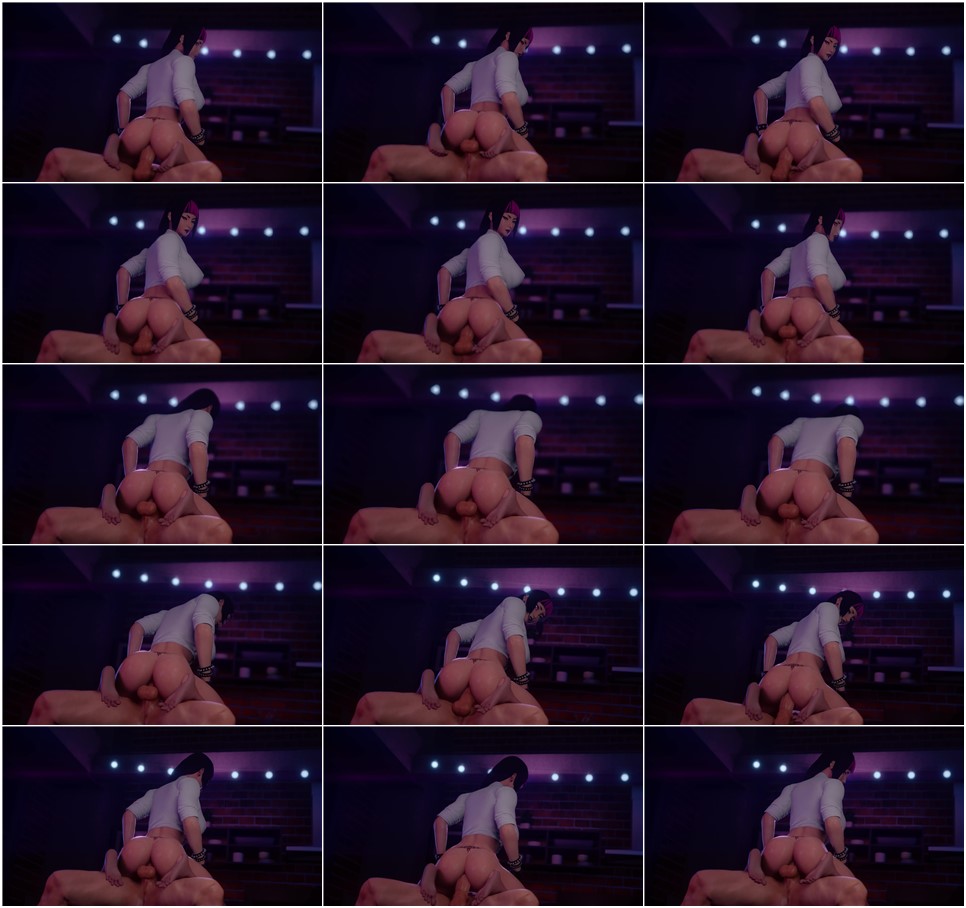
Official Title: Juri_Cowgirl_Long_Hair_Shirt
Tags: 3D Animation, 3D Sex, 3D Adult Video, 3D Hentai, 3D Porn Video
Tech. Info
Size: 19.53 MB
Format: mp4
Resolution: 1920x1080
Duration: 00:00:16
Download Video - Juri_Cowgirl_Long_Hair_Shirt
-
-
11th May 2024, 02:00
#18604
275 - Juri_Cowgirl_Short_Hair_Bra
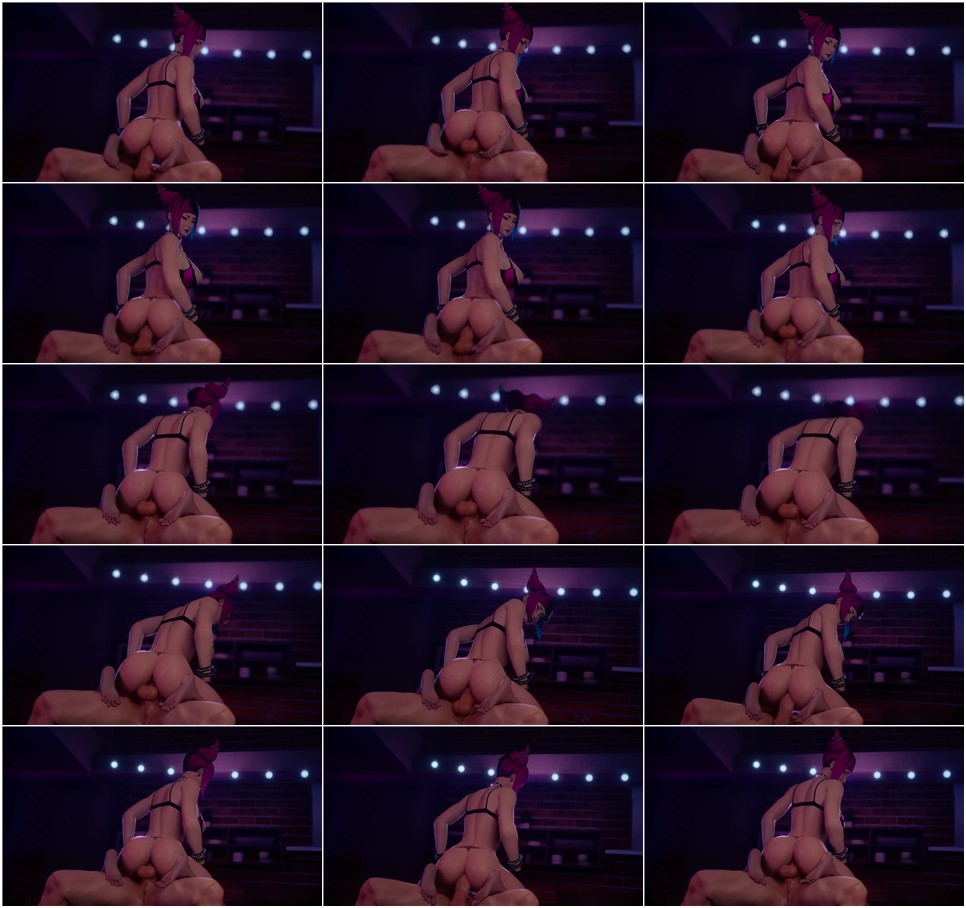
Official Title: Juri_Cowgirl_Short_Hair_Bra
Tags: 3D Animation, 3D Sex, 3D Adult Video, 3D Hentai, 3D Porn Video
Tech. Info
Size: 19.58 MB
Format: mp4
Resolution: 1920x1080
Duration: 00:00:16
Download Video - Juri_Cowgirl_Short_Hair_Bra
-
-
11th May 2024, 05:00
#18605
276 - Juri_Cowgirl_Short_Hair_Bra_DSM
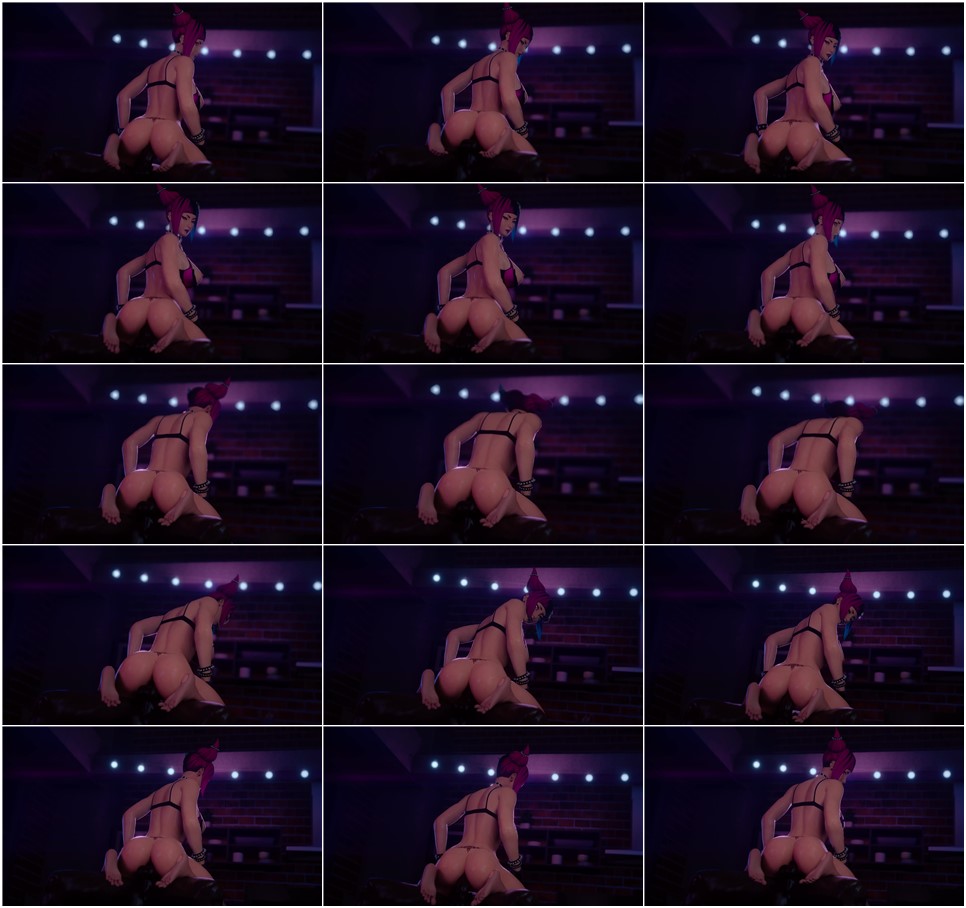
Official Title: Juri_Cowgirl_Short_Hair_Bra_DSM
Tags: 3D Animation, 3D Sex, 3D Adult Video, 3D Hentai, 3D Porn Video
Tech. Info
Size: 19.51 MB
Format: mp4
Resolution: 1920x1080
Duration: 00:00:16
Download Video - Juri_Cowgirl_Short_Hair_Bra_DSM
-
-
11th May 2024, 08:00
#18606
277 - Juri_Cowgirl_Short_Hair_Shirt

Official Title: Juri_Cowgirl_Short_Hair_Shirt
Tags: 3D Animation, 3D Sex, 3D Adult Video, 3D Hentai, 3D Porn Video
Tech. Info
Size: 19.57 MB
Format: mp4
Resolution: 1920x1080
Duration: 00:00:16
Download Video - Juri_Cowgirl_Short_Hair_Shirt
-
-
11th May 2024, 11:00
#18607
278 - Juri_Fellatio

Official Title: Juri_Fellatio
Tags: 3D Animation, 3D Sex, 3D Adult Video, 3D Hentai, 3D Porn Video
Tech. Info
Size: 6.4 MB
Format: mp4
Resolution: 1920x1080
Duration: 00:00:05
Download Video - Juri_Fellatio
-
-
11th May 2024, 14:00
#18608
279 - Juri_Reverse_Cowgirl_Gyaru
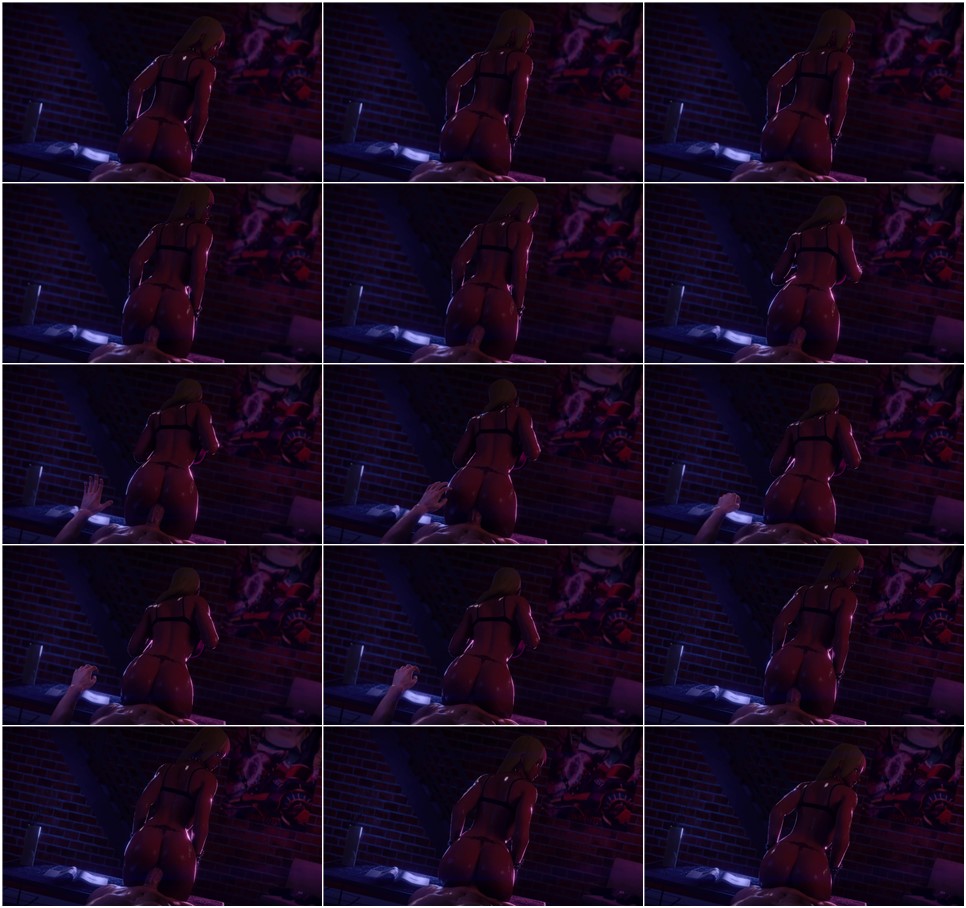
Official Title: Juri_Reverse_Cowgirl_Gyaru
Tags: 3D Animation, 3D Sex, 3D Adult Video, 3D Hentai, 3D Porn Video
Tech. Info
Size: 18.33 MB
Format: mp4
Resolution: 1920x1080
Duration: 00:00:15
Download Video - Juri_Reverse_Cowgirl_Gyaru
-
-
11th May 2024, 17:00
#18609
280 - Juri_Reverse_Cowgirl_Long_Hair_Bra

Official Title: Juri_Reverse_Cowgirl_Long_Hair_Bra
Tags: 3D Animation, 3D Sex, 3D Adult Video, 3D Hentai, 3D Porn Video
Tech. Info
Size: 18.35 MB
Format: mp4
Resolution: 1920x1080
Duration: 00:00:15
Download Video - Juri_Reverse_Cowgirl_Long_Hair_Bra
-
-
11th May 2024, 20:00
#18610
281 - Juri_Reverse_Cowgirl_Long_Hair_Shirt

Official Title: Juri_Reverse_Cowgirl_Long_Hair_Shirt
Tags: 3D Animation, 3D Sex, 3D Adult Video, 3D Hentai, 3D Porn Video
Tech. Info
Size: 18.31 MB
Format: mp4
Resolution: 1920x1080
Duration: 00:00:15
Download Video - Juri_Reverse_Cowgirl_Long_Hair_Shirt
-
-
11th May 2024, 23:00
#18611
282 - Juri_Reverse_Cowgirl_Long_Hair_Shirt_DSM
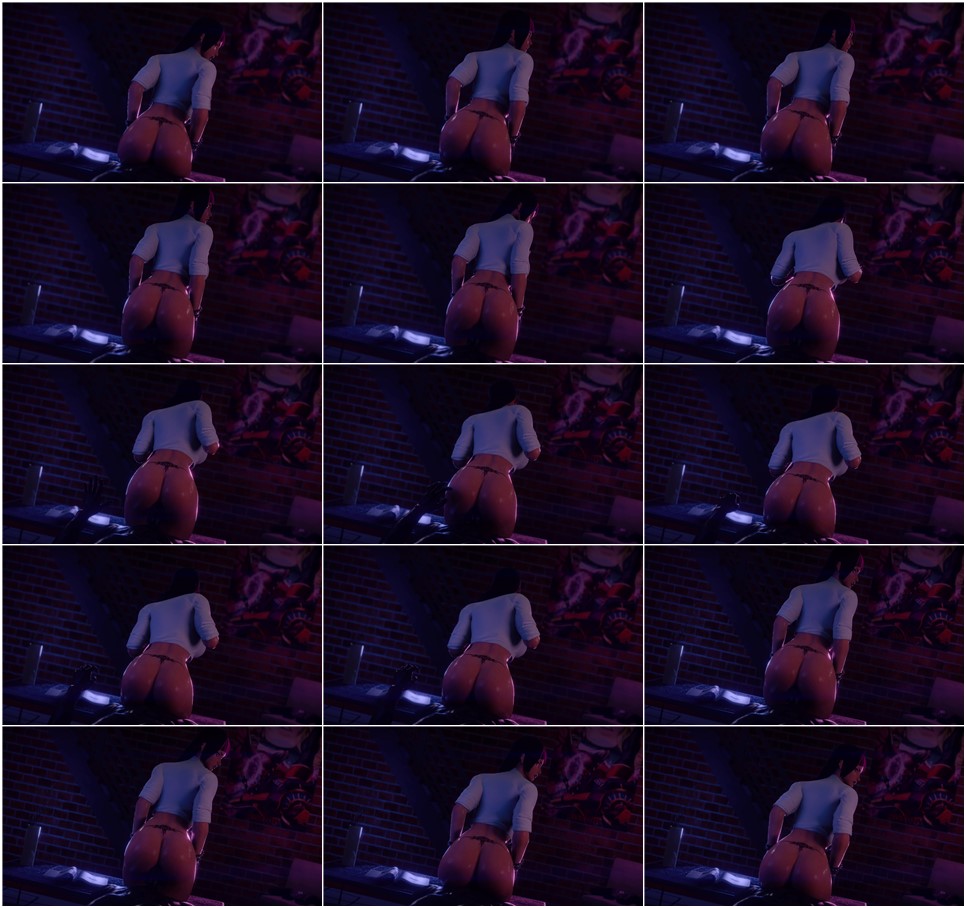
Official Title: Juri_Reverse_Cowgirl_Long_Hair_Shirt_DSM
Tags: 3D Animation, 3D Sex, 3D Adult Video, 3D Hentai, 3D Porn Video
Tech. Info
Size: 18.3 MB
Format: mp4
Resolution: 1920x1080
Duration: 00:00:15
Download Video - Juri_Reverse_Cowgirl_Long_Hair_Shirt_DSM
-
-
12th May 2024, 02:00
#18612
283 - Juri_Reverse_Cowgirl_Short_Hair_Bra
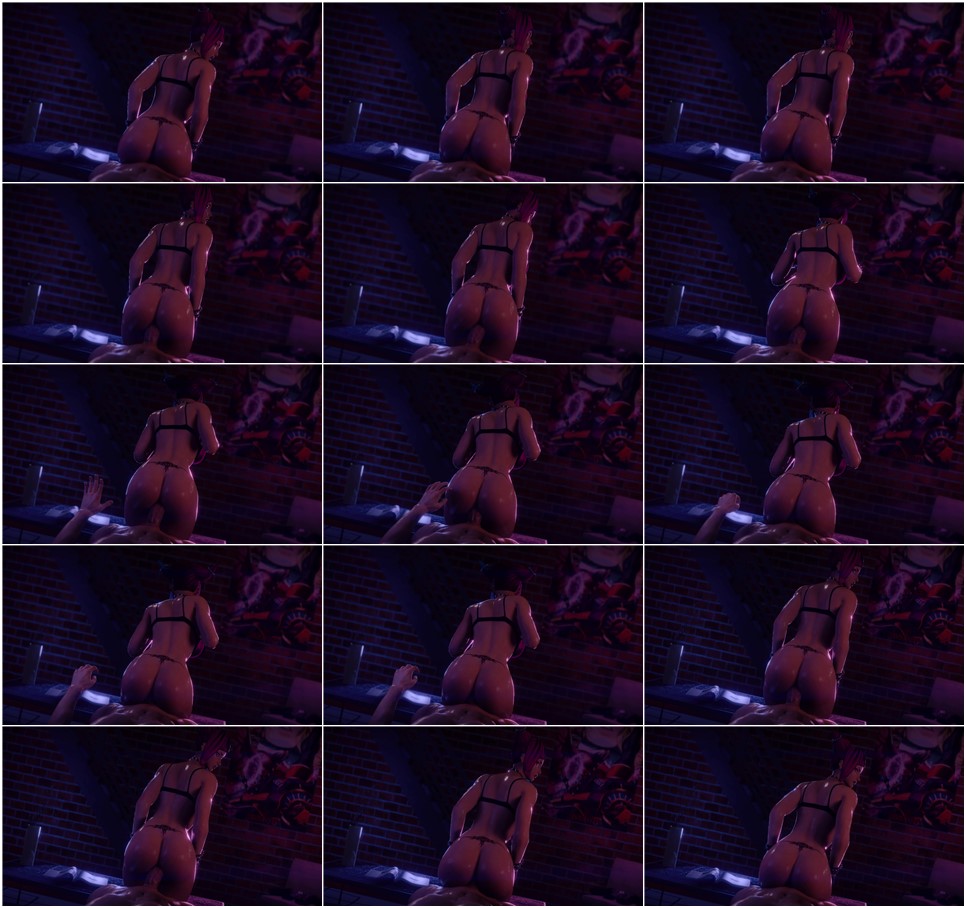
Official Title: Juri_Reverse_Cowgirl_Short_Hair_Bra
Tags: 3D Animation, 3D Sex, 3D Adult Video, 3D Hentai, 3D Porn Video
Tech. Info
Size: 18.35 MB
Format: mp4
Resolution: 1920x1080
Duration: 00:00:15
Download Video - Juri_Reverse_Cowgirl_Short_Hair_Bra
-
-
12th May 2024, 05:00
#18613
284 - Juri_Reverse_Cowgirl_Short_Hair_Shirt
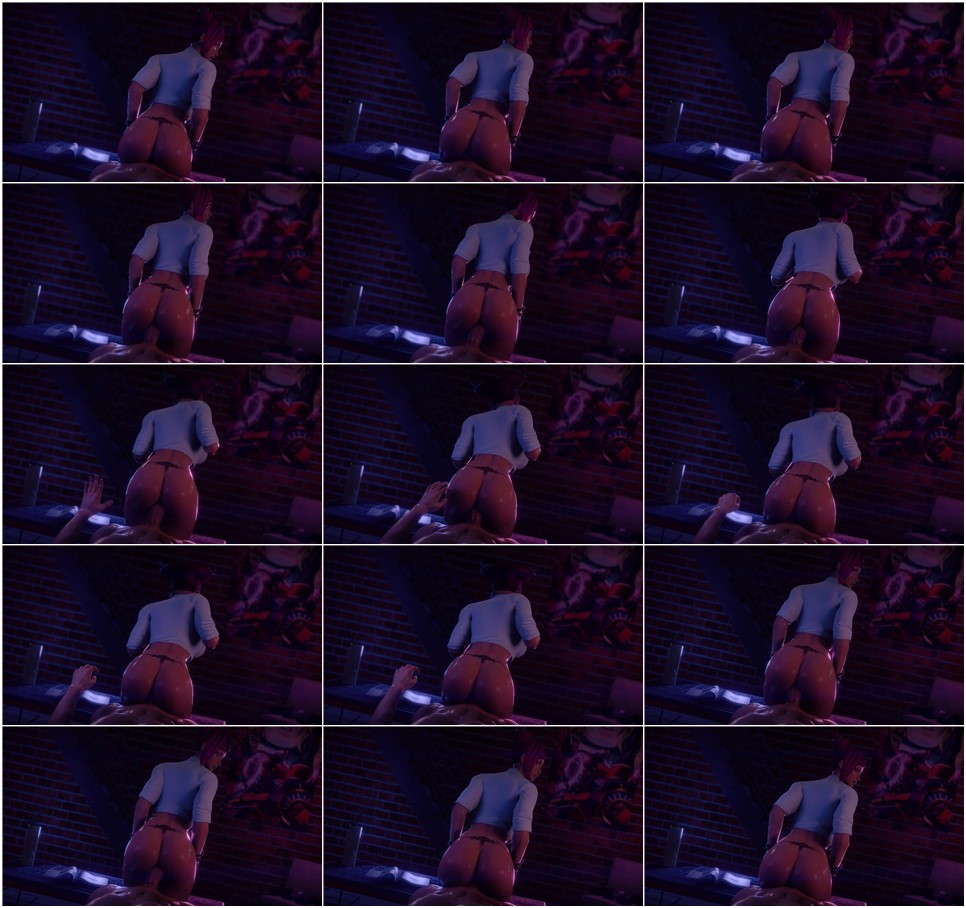
Official Title: Juri_Reverse_Cowgirl_Short_Hair_Shirt
Tags: 3D Animation, 3D Sex, 3D Adult Video, 3D Hentai, 3D Porn Video
Tech. Info
Size: 18.35 MB
Format: mp4
Resolution: 1920x1080
Duration: 00:00:15
Download Video - Juri_Reverse_Cowgirl_Short_Hair_Shirt
-
-
12th May 2024, 08:00
#18614
285 - Juri_Valentines_Black
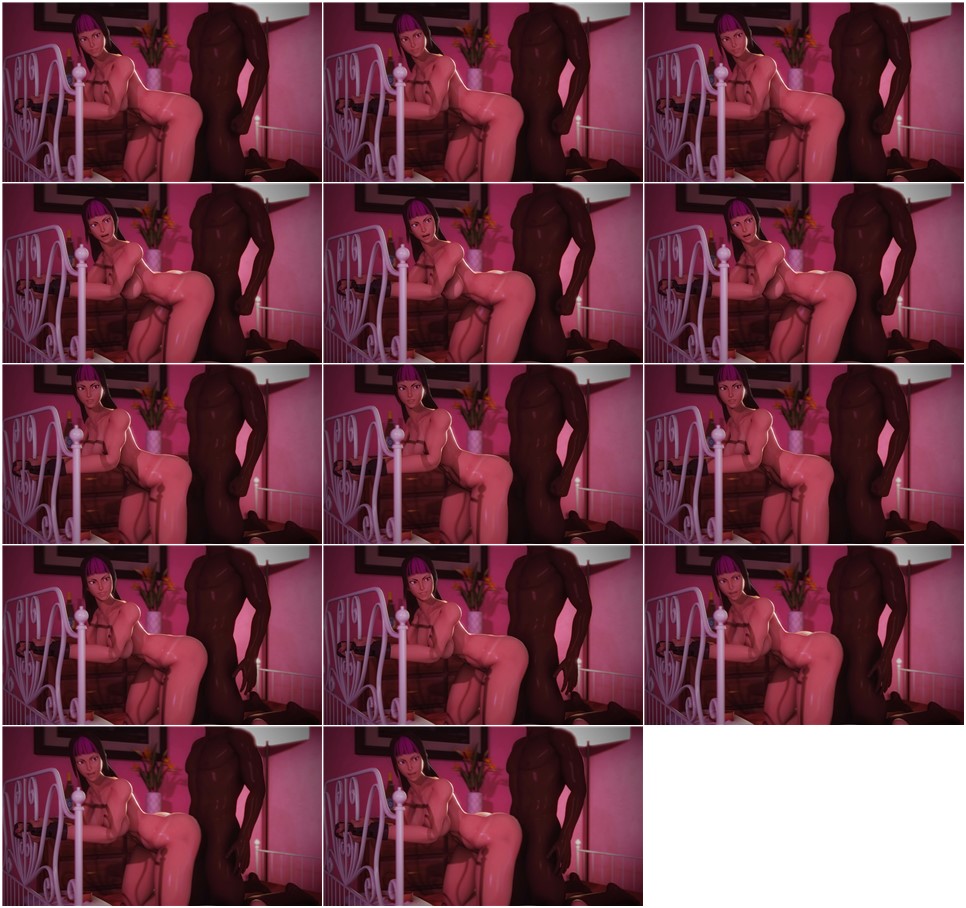
Official Title: Juri_Valentines_Black
Tags: 3D Animation, 3D Sex, 3D Adult Video, 3D Hentai, 3D Porn Video
Tech. Info
Size: 7.2 MB
Format: mp4
Resolution: 1920x1080
Duration: 00:00:06
Download Video - Juri_Valentines_Black
-
-
12th May 2024, 11:00
#18615
286 - Juri_Valentines_White
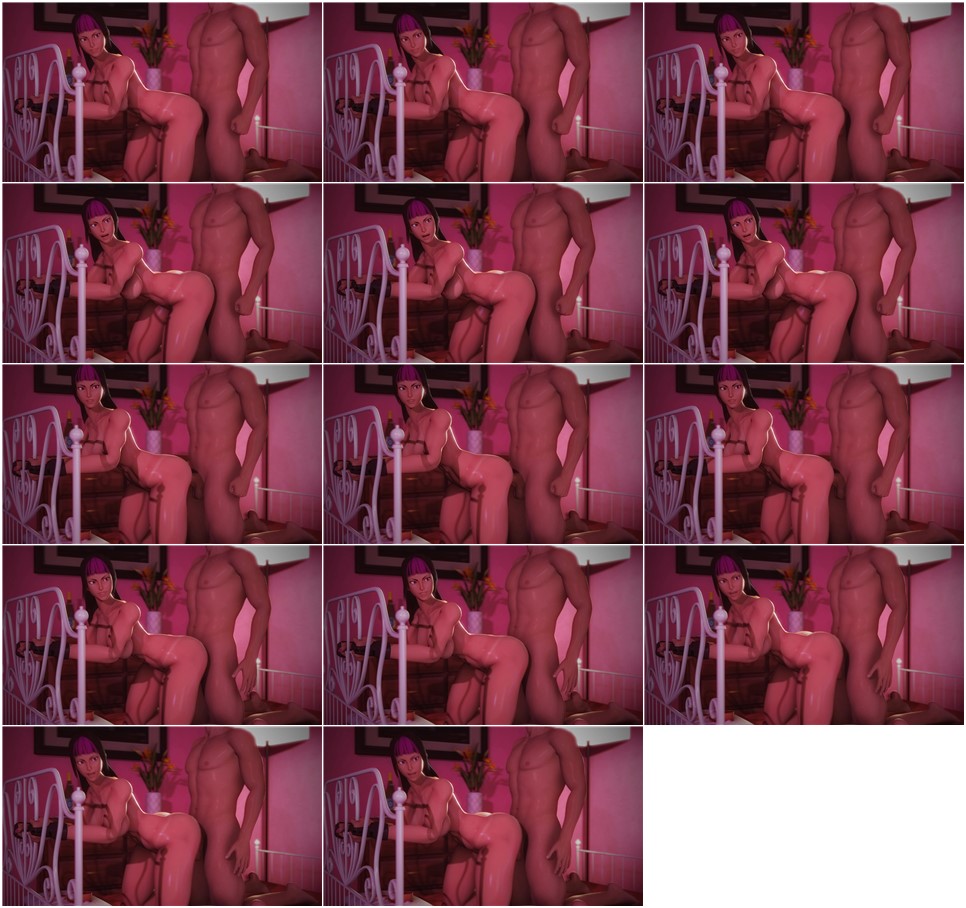
Official Title: Juri_Valentines_White
Tags: 3D Animation, 3D Sex, 3D Adult Video, 3D Hentai, 3D Porn Video
Tech. Info
Size: 7.24 MB
Format: mp4
Resolution: 1920x1080
Duration: 00:00:06
Download Video - Juri_Valentines_White
-
 Posting Permissions
Posting Permissions
